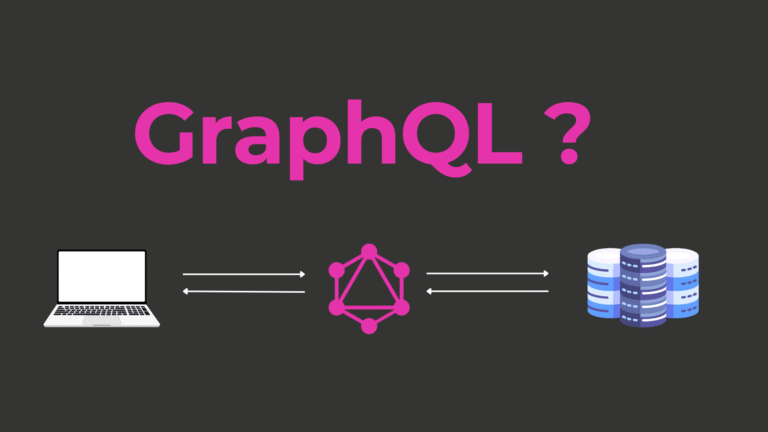How NLP Works – Understanding Natural Language Processing

Introduction
The Evolution of Language Technology in the Age of AI
Natural Language Processing (NLP) stands at the confluence of linguistics, computer science, and artificial intelligence. Its roots trace back to early rule-based language systems, but its capabilities have exponentially grown with advancements in machine learning. As AI continues to reshape industries, NLP has emerged as a critical driver of intelligent interaction between humans and machines.
Why Understanding NLP Is Crucial in Modern Applications
In a world inundated with textual data, understanding NLP is imperative. Whether it is powering search engines, enabling digital assistants, or parsing customer reviews, NLP translates unstructured language into actionable insights. Its real-time capabilities have made it indispensable for applications ranging from customer support to predictive analytics.
Foundations of Natural Language Processing
- Defining Natural Language Processing in Simple Terms
Natural Language Processing refers to the computational techniques used to analyze, understand, and generate human language. It enables machines to comprehend and respond to textual and spoken language in a manner akin to human interpretation. - Key Milestones in the Development of NLP Technology
From the early days of symbolic parsing to the rise of statistical methods, NLP has witnessed transformative shifts. Noteworthy milestones include ELIZA (1966), IBM’s Watson, and the advent of neural network-based models such as BERT and GPT, which have revolutionized the field by providing contextual understanding.
The Core Components of NLP
- Tokenization: Breaking Down Language into Meaningful Units
Tokenization splits text into words, phrases, or symbols, serving as the fundamental step in most NLP workflows. It transforms raw text into manageable pieces that models can analyze and process. - Part-of-Speech Tagging: Identifying the Role of Each Word
This component assigns grammatical categories to words, enabling machines to understand syntactic roles. Accurate tagging is crucial for downstream tasks such as parsing and entity recognition. - Parsing and Syntax Trees: Understanding Sentence Structure
Parsing unveils the syntactic structure of sentences by generating trees that illustrate hierarchical relationships. It provides a scaffold for deeper semantic interpretation.
Understanding Semantics and Context
- Named Entity Recognition: Identifying Key People, Places, and Things
NER systems extract entities such as names, locations, dates, and organizations from text. They are critical for summarization, indexing, and question-answering systems. - Word Sense Disambiguation: Decoding Ambiguity in Language
Words often have multiple meanings. WSD algorithms utilize context to determine the most suitable interpretation of a word within a given sentence. - Semantic Role Labeling: Who Did What to Whom?
SRL provides insights into the roles played by words in a sentence, mapping out agents, actions, and targets. This helps in constructing a more complete semantic picture.
The Role of Machine Learning in NLP
- Supervised vs Unsupervised Learning for Language Processing
Supervised learning requires labeled datasets, while unsupervised learning discerns patterns without explicit annotations. Both approaches are pivotal in training NLP models. - Training Data: The Backbone of NLP Accuracy
High-quality, diverse datasets are crucial for the development of effective NLP models. Biases or deficiencies in data can severely compromise model performance. - Common Algorithms: Naive Bayes, SVMs, and Deep Learning Models
Traditional algorithms, such as Naive Bayes and Support Vector Machines, have served as foundations, but deep learning models now dominate, especially for tasks involving semantics and generation.
Modern NLP Techniques and Innovations
- Word Embeddings: From Word2Vec to BERT and Beyond
Word embeddings represent words as dense vectors in a multidimensional space, capturing semantic relationships. Modern embeddings, such as BERT, offer context-aware representations, thereby enhancing accuracy. - Transformer Architectures and Attention Mechanisms
Transformers have redefined NLP with their ability to process entire sequences using self-attention. They enable models to weigh the relevance of words across sentences dynamically. - Pre-trained Language Models: The Rise of GPT and LLMs
Large pre-trained models such as GPT-3 and GPT-4 are trained on massive corpora, enabling zero-shot and few-shot learning. They deliver unparalleled versatility across a wide range of NLP tasks.
Applications of NLP in Everyday Life
- Chatbots and Virtual Assistants: Automating Conversations
NLP powers conversational agents that engage users, answer queries, and perform tasks. These tools streamline customer service and enhance user interaction. - Sentiment Analysis in Business and Social Media Monitoring
Organizations employ sentiment analysis to gauge public opinion and customer satisfaction. NLP algorithms detect emotional tone in text data, guiding business decisions. - Machine Translation and Cross-Language Communication
NLP facilitates real-time translation, bridging linguistic divides and promoting global accessibility. Neural translation models have dramatically improved fluency and context retention.
Challenges in Natural Language Processing
- Dealing with Ambiguity, Sarcasm, and Cultural Nuance
Human language is inherently ambiguous and culturally complex. NLP systems often struggle with sarcasm, idioms, and localized expressions. - Bias in Training Data and Ethical Considerations
Bias in language models can perpetuate stereotypes or misinformation. Addressing fairness, transparency, and accountability remains an ongoing challenge. - Scalability and Real-Time Language Understanding
Ensuring NLP systems respond accurately under high loads and in real time requires robust engineering and optimization strategies.
NLP in Multilingual and Multimodal Environments
- Processing Languages with Complex Grammar and Structure
Languages like Arabic, Japanese, or Hungarian present unique grammatical challenges. Multilingual NLP models strive for parity across diverse linguistic landscapes. - Integrating Text with Voice and Image for Comprehensive AI
Multimodal AI combines text, speech, and visual data to create more intelligent systems. NLP plays a central role in aligning linguistic input with sensory modalities.
Building an NLP Pipeline from Scratch
- Step-by-Step Breakdown: From Raw Text to Insight
An NLP pipeline involves preprocessing, feature extraction, model inference, and post-processing. Each step transforms text into structured, meaningful data. - Popular Libraries and Frameworks: spaCy, NLTK, Hugging Face
Open-source tools accelerate NLP development. SpaCy is known for its speed, NLTK is used for educational purposes, and Hugging Face provides access to cutting-edge models.
Evaluating NLP Models
- Key Metrics: Accuracy, Precision, Recall, and F1 Score
These metrics provide quantitative measures of model effectiveness. Balancing precision and recall is vital for dependable language systems. - Human-in-the-Loop Evaluation for Contextual Relevance
Incorporating human feedback refines NLP systems. Context-sensitive evaluation helps capture nuances that are often missed by automated metrics.
Future Directions and Emerging Trends in NLP
- Conversational AI with Memory and Emotional Intelligence
Next-gen conversational agents aim to remember past interactions and respond empathetically. This adds depth to human-computer engagement. - Low-Resource NLP and Democratizing Language Technology
Efforts are underway to build NLP systems for underrepresented languages. Democratization ensures inclusivity in language technology. - The Convergence of NLP with Cognitive and Neuroscience Research
Cross-disciplinary exploration is enhancing NLP with insights from brain science. This convergence may lead to more human-like language models.
Conclusion
- Recap: Why Understanding How NLP Works Matters Today
Grasping the intricacies of NLP is essential in a data-driven world. Its applications touch nearly every digital interaction, from casual chats to mission-critical analytics. - The Expanding Horizon of Natural Language Understanding
With continual advancements, NLP promises richer, more intuitive communication between humans and machines, shaping the future of information exchange.



